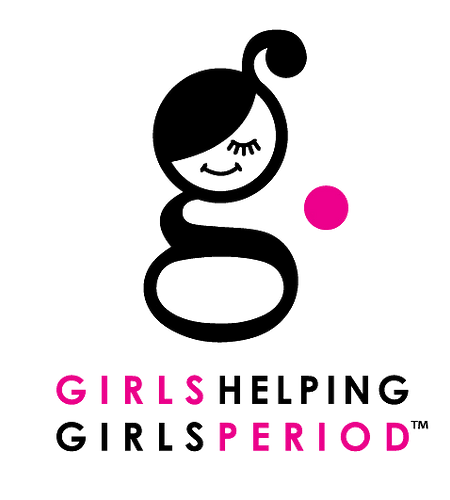Ok, class. It’s the beginning of October. Enough goofing off, time for a math lesson.
The vast majority of schools (middle, high, and college) do not provide free menstrual products to students in the bathrooms (where they are needed). At best, those schools have an emergency supply, usually in a nurse or coach’s office (often purchased by said nurse or coach), that a student must access in a time-consuming, lesson-missing feat of embarrassment. Why? Often it’s because administrators don’t realize it is simple, elementary math to solve the problem.
Like any good math student, you want to see proof. Ok, let’s crunch some numbers.
🍎Let’s start with a high school of 1000 students. We’ll assume half of them are menstruators (though the fact is some of them may not start their periods until later in 9th or 10th grade or beyond). So that’s about 500 students.
📕Let’s also assume that every single one of those 500 menstruators will rely on the school while they are there, for two pads a day, for five days of a menstrual cycle. (This number is extraordinarily high; some will manage at least part of their period at home over the weekend, and some will have short menstrual cycles. Others will choose to supply their own period products.) So, ten pads per month for each student for use while in school. (A number so high it bears repeating it’s an overestimation.)
📌We’ll make those pads available for nine school months.
➡So we have 500 students x 2 pads x 5 days x 9 months = 45000 pads.
The nurses, counselors, and coaches who keep stashes of tampons and pads in their offices are likely doing so with a tiny bit of their budgets or with their own money. They buy the products where we all do and pay an average of $.15/pad. But that’s not how schools purchase; they work with companies like McKesson, whose in-house Incognito brand costs less than half of that.
📣What’s it all add up to? This school could support every single student for a little more than $3000 in the first year, much less every year thereafter.
The cost going forward would be far less because this example rounds up on everything and anticipates that no student would use their own products. To be clear, that is $3000 to ensure that no student ever has to miss class because they did not have easy access to the products they need to manage a natural bodily function. (Umm, like toilet paper.)
Across the country, millions of students are missing out on education because their school administrator doesn’t care or has made some assumptions that don’t add up. Let’s give them the benefit of the doubt on this; they probably have never even considered the full effect of not providing menstrual products to students in the bathroom for no charge. (Not really a compliment but…) Help us share this information by speaking to your school officials. The price of not doing so is just too high.
And if you’d like some help on what to say, how to present it, or you just don’t know where to start, reach out to Girls Helping Girls. Period.

